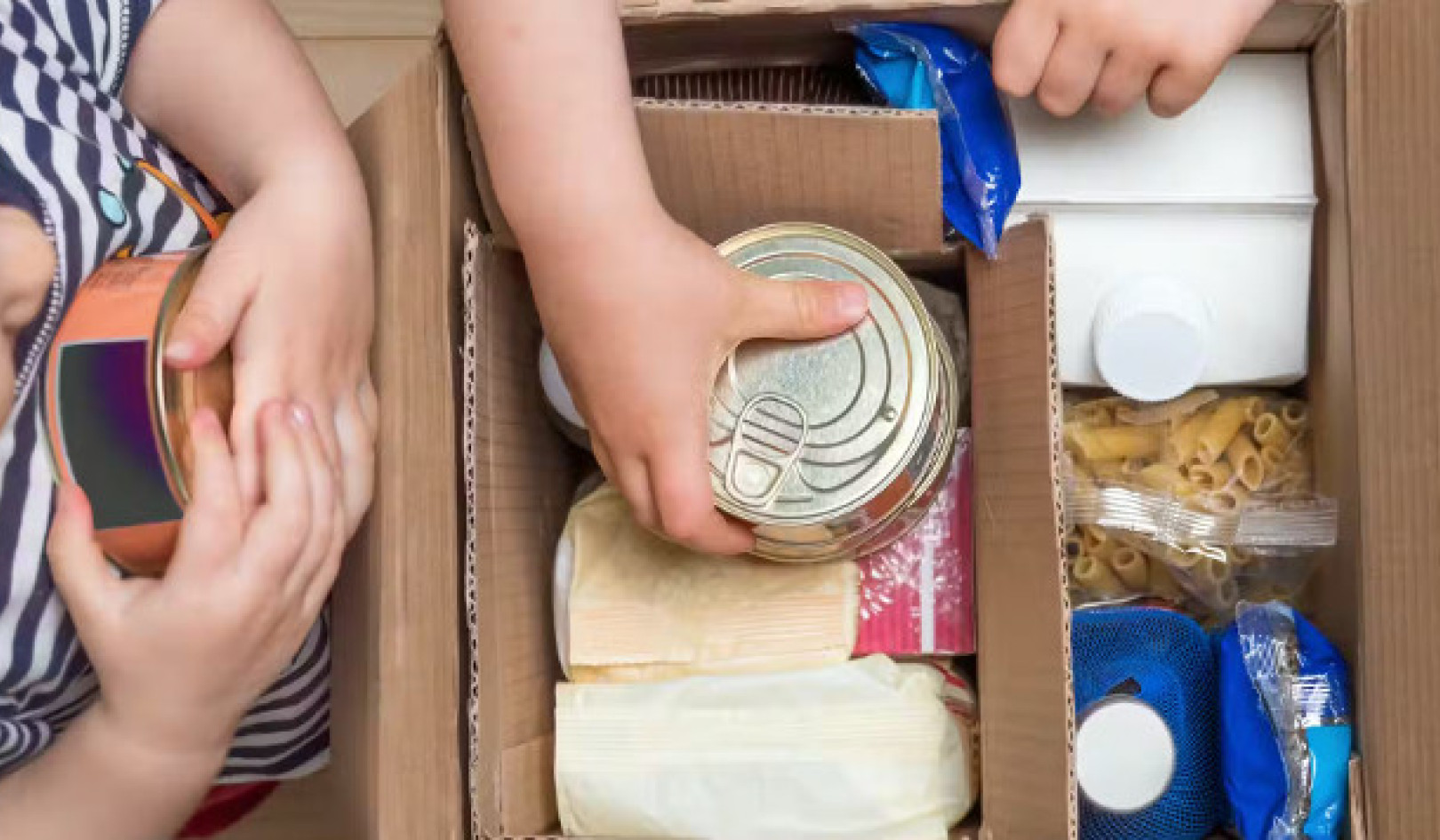Kids on Bikes: Building Trust and Responsibility
When they cycle together, many parents and children develop a connection that cannot exist in an automobile. Cycling together is a shared experience, unlike a car trip, with its inherent power differential between driver and passenger. Nothing builds a child’s self-esteem quite like trust and responsibility. Letting your kids ride for transportation means giving them both. And the benefits aren’t all on the child’s side.
For parents, cycling with their children opens up a range of possibilities that don’t exist inside a car. It can be something as simple as a quick stop to enjoy the antics of a cheeky squirrel or mischievous crow, or the feeling of pride in a child who is pedaling hard on a tandem or trail-a-bike to make it a little easier to climb a hill. Or it might be something farther reaching, such as the awareness of creating a new future for everyone, setting an example of self-reliance and commitment that inspires others.
Most of all, though, it’s the chance to share feelings that most people have forgotten. A bicycle can bring out the kid in a grown-up — and give a kid a chance to show resilience and strength. When those things happen, everybody wins.
Getting Parents to Ride Bikes
Wendy Kallins is the program director for Safe Routes to Schools, based in Marin County, California. Formed in 2003, the group works to encourage the development of kid- and bike-friendly infrastructure along road systems near schools. “One of the biggest impediments to getting kids on bikes is getting parents on bikes,” added Kallins. “For parents who are not cyclists, everything seems dangerous.”
Some of these fears are valid. Riders under the age of 16 accounted for 13 percent of all U.S. cycling fatalities in 2008, according to the Insurance Institute for Highway Safety, with kids between the ages of 13 and 15 cited as being particularly at risk. However, one mother thinks we need to give kids more freedom and trust their ability to make sensible choices.
In some situations, cycling for transportation is obviously unsafe for kids, such as in exurbs where freeways and major roads are the only links between homes, schools, parks, and stores. When children can’t use bikes for getting around, however, Skenazy believes, kids and parents both lose. “Why wouldn’t you want your kid to gain some independence, have some fun, get some exercise, and get themselves to school? As someone once wrote to me, there’s not a prize for the most exhausted parent!”
Kids Walking or Cycling to School: From 48% to 13%
 In 1969, 48 percent of American kids walked or cycled to school. By 2009, that number had dropped to 13 percent, where it stabilized. Thankfully, education, cycling clubs, and kids themselves are proving a powerful combination, removing fears and creating a new generation of pedal pushers.
In 1969, 48 percent of American kids walked or cycled to school. By 2009, that number had dropped to 13 percent, where it stabilized. Thankfully, education, cycling clubs, and kids themselves are proving a powerful combination, removing fears and creating a new generation of pedal pushers.
Determined to do their part for the planet, plenty of kids see cycling as a fun way to pitch in. Bike-friendly teachers and cycling advocacy groups are eager to support them, with clubs and bike-skills training. In addition, gridlocked transportation networks, skyrocketing rates of childhood obesity, and climate change are further convincing the public and policy makers that getting kids on bikes is an important step toward creating sustainable and healthy communities.
Developing Kid-Friendly Routes to Pools, Libraries, Parks, & Schools
Still, the very design of our towns and cities can be a gigantic roadblock for kids who want to meet their transportation needs. Richard Gilbert is a Toronto transportation analyst working on developing child-friendly land-use and transport-planning guidelines for cities across North America. One of his key recommendations is to create kid-friendly routes to pools, libraries, parks, and schools so that youngsters can get places on their own. Too often, kids can’t go anywhere without the help of Mom’s (or Dad’s) Taxi.
Wide adoption of Gilbert’s guidelines will require big policy and funding changes. In the meantime, he has practical advice for parents who want to ensure bike trips are a manageable distance for children. “Kids can bike far, if they want to,” said Richard. “A kilometer [approx. 2/3 mile] for each year of age is an easy recreational ride, but halve that or less for a functional ride (where something, like school, has to be done at the other end). With training, an 8-year-old can have good traffic sense and skills. Without training, parents might well worry about a 12-year-old.”
After School Bikes Programs
Stephanie Gray coordinates the After School Bikes program at eleven schools in Vancouver, Canada. She says most of the kids come for fun, especially at the elementary level. Others are attracted to the earn-a-bike program, which helps kids without bikes build bikes of their own.
With the older participants, social and economic factors come into play. “Some of the high school students are motivated by the environmental reasons, as well as the freedom, and the fact that cycling is cheaper than a car,” said Gray. “I had one parent say: ‘You’re not going to take those kids riding on the road?’ Well, yeah, that’s the point. After a couple of months, you see a huge difference with their skills and safety level on the road, so hopefully we are able to continue the dialogue and say: ‘Look, watch your kids. They are actually now very capable and confident cyclists riding on the road.’”
“If there was more education out there,...it would help so many people,” said David Pulsipher, who rides in Culver City, California, with his toddler, George. A planner by trade and cycling dad by nature, Pulsipher’s experiences inspired him to start a blog called Kids, Bikes, Dads. “With today’s economy, it seems like every family is looking for ways to save money and spend more time together. The bicycle is a double whammy in that regard.”
Traffic smarts are a form of literacy. Just as we understand the value of requiring kids to learn to read and write, we must realize that navigating transportation networks is another crucial skill in the modern age — and just as deserving of public funding.
This article was excerpted with permission from the book:
 On Bicycles: 50 Ways the New Bike Culture Can Change Your Life
On Bicycles: 50 Ways the New Bike Culture Can Change Your Life
edited by Amy Walker.
Reprinted with permission of the publisher, New World Library. ©2011 by Amy Walker. www.newworldlibrary.com
Click here for more info and/or to order this book on Amazon.
About the Author
 Chris Keam has been delivering words by bike since his days as a rural paperboy. He began combining cycling and writing again in the mid-1990s, covering racing, travel, and industry news. With public interest in active transportation reborn, much of Chris’s cycling coverage now chronicles the cultural and personal effects of the shift to cycling-friendly cities. He is also a copywriter who offers writing and editing services. Visit his website www.chriskeam.com for more information.
Chris Keam has been delivering words by bike since his days as a rural paperboy. He began combining cycling and writing again in the mid-1990s, covering racing, travel, and industry news. With public interest in active transportation reborn, much of Chris’s cycling coverage now chronicles the cultural and personal effects of the shift to cycling-friendly cities. He is also a copywriter who offers writing and editing services. Visit his website www.chriskeam.com for more information.
About the Editor

Cycling advocate Amy Walker is the cofounder of Momentum Magazine, a North American publication about the cycling lifestyle. Her work on the magazine since 2001 helped create a model for accessible, encouraging transportation cycling stories and images – a trend which has continued in other bike publications and in mainstream media. Momentum’s website is www.momentumplanet.com Amy Walker believes that being “self-propelled” applies to more than just transportation – indeed it can be practiced in all aspects of life. She is currently developing a reality television / travel show about cycling in cities. Amy Walker blogs at www.OnBicycles.com.























